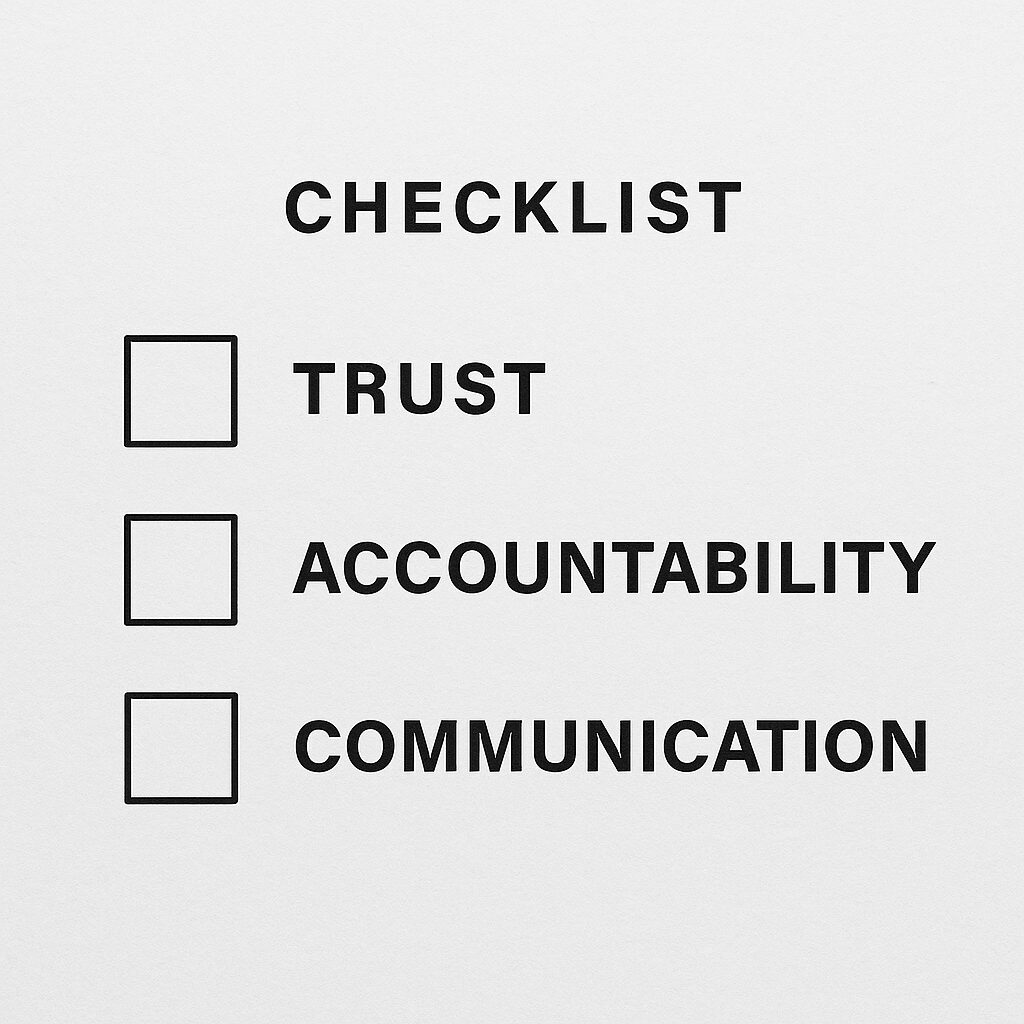Artificial intelligence is everywhere at work. The promise? Smarter tools, faster tasks, better collaboration. But a new study from Stanford and Carnegie Mellon shows something different. AI helps individuals move faster. Teams, on the other hand, are still struggling. The real issue isn’t the tool.
AI boosts productivity, not collaboration
AI helps people move faster. Writing, coding, documenting all of it speeds up. That’s useful.
But when it comes to team performance, things still fall short:
- Communication breaks down
- No clear accountability
- Weak or inconsistent collaboration
AI handles tasks. It cuts repetition. It lets people work solo. But it doesn’t:
- Build trust among coworkers
- Create team habits
- Set up shared goals
So while individuals perform better, team outcomes don’t follow. That gap is the real problem.
Poor collaboration? That’s a leadership issue
If AI doesn’t solve team issues, what will? It comes back to management.
Here’s what leaders need to define:
- What working together actually looks like
- How teams should communicate
- Who owns which tasks and when
Without structure, the benefits of AI get buried. A fast car on a broken road still hits bumps. If your workplace already favors solo performance over team outcomes, AI just makes that imbalance worse.
What to fix before adding more AI
Leaders need to rebuild the basics like:
1. Constant team updates
- Frequent check-ins and team habits
- Use tools like Microsoft Planner, SharePoint task lists, or even Excel project trackers within Office 365 to track group progress. You can also use advanced tools like Trello, Asana or JIRA. They can support cross-functional workflows and accountability but there will be an added cost to using them, but they are available.
2. Coach managers to guide teams
- Prepare them to guide conversations and manage conflict
- Make them responsible for keeping team dynamics healthy
3. Balance speed with shared goals
- Set performance goals tied to teamwork
- Recognize and reward team minded actions
4. Track the health of your culture, not just productivity
- Watch for isolated performers
- Adapt your workflows as team needs change
If these steps aren’t in place, AI becomes a distraction. It won’t fill the gaps leadership hasn’t addressed, it will actually make the gap worse and create more problems.
In The End
AI reveals more than it solves. True it has made individuals faster, but it also highlighted weak teamwork and leadership gaps. If your collaboration is breaking down, don’t blame the tool. Fix the systems around it first before introducing the tool.
____________________________________________________________________________________________________________________________________
Shaunta Garth is a Strategic Communications & Visibility Architect specializing in digital storytelling, media strategy and public affairs.
